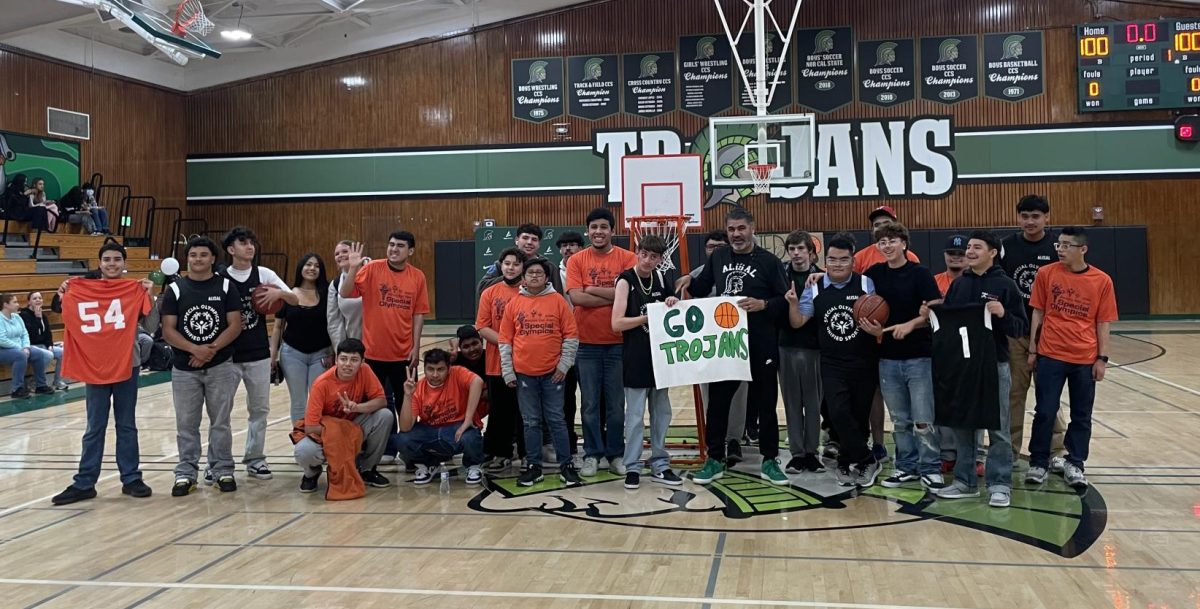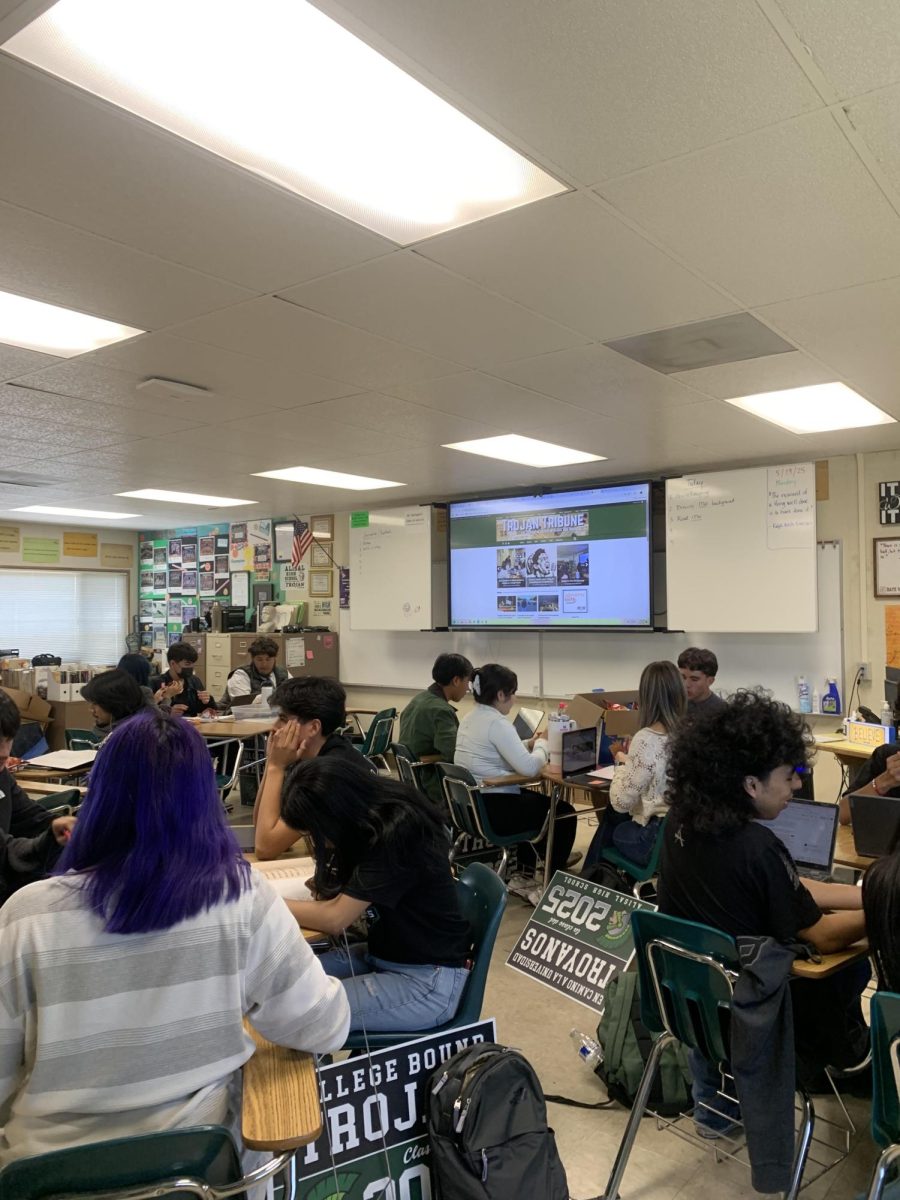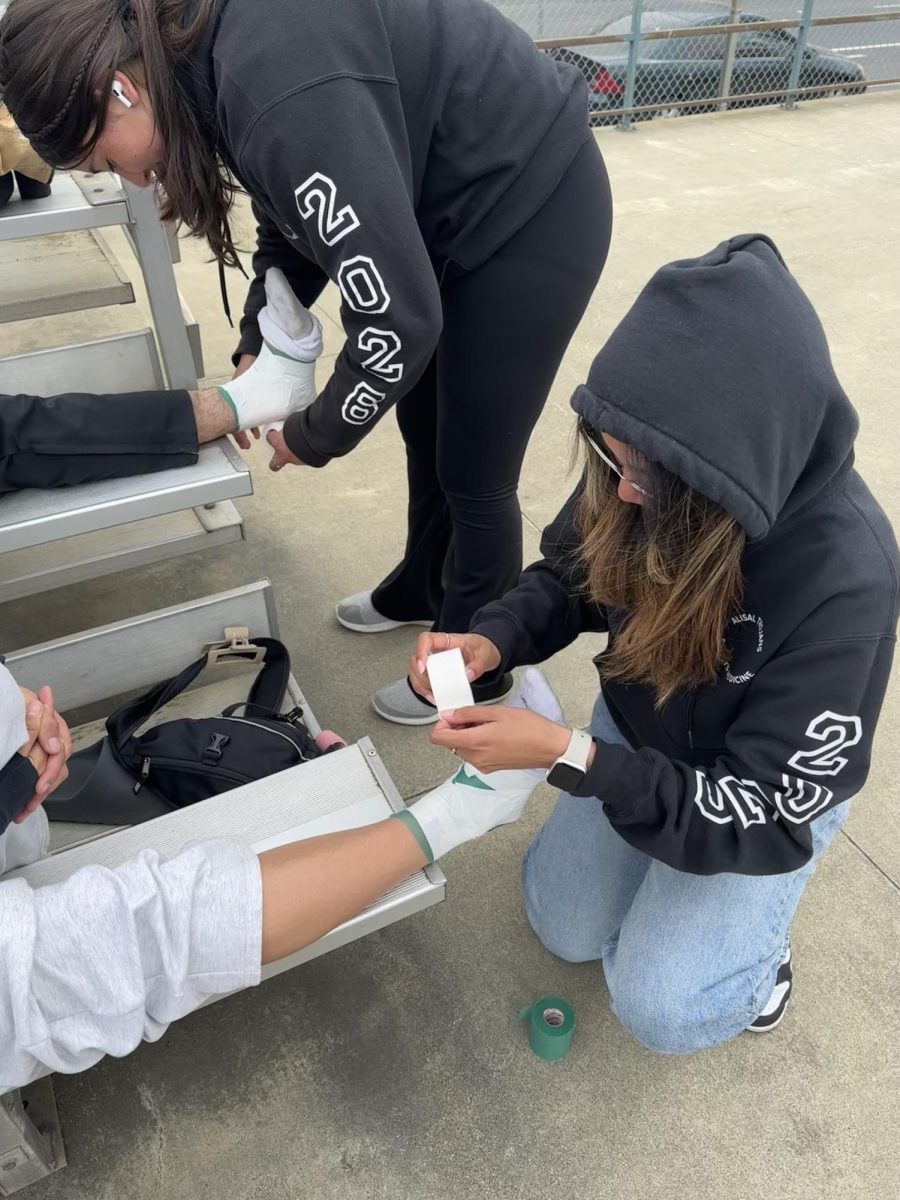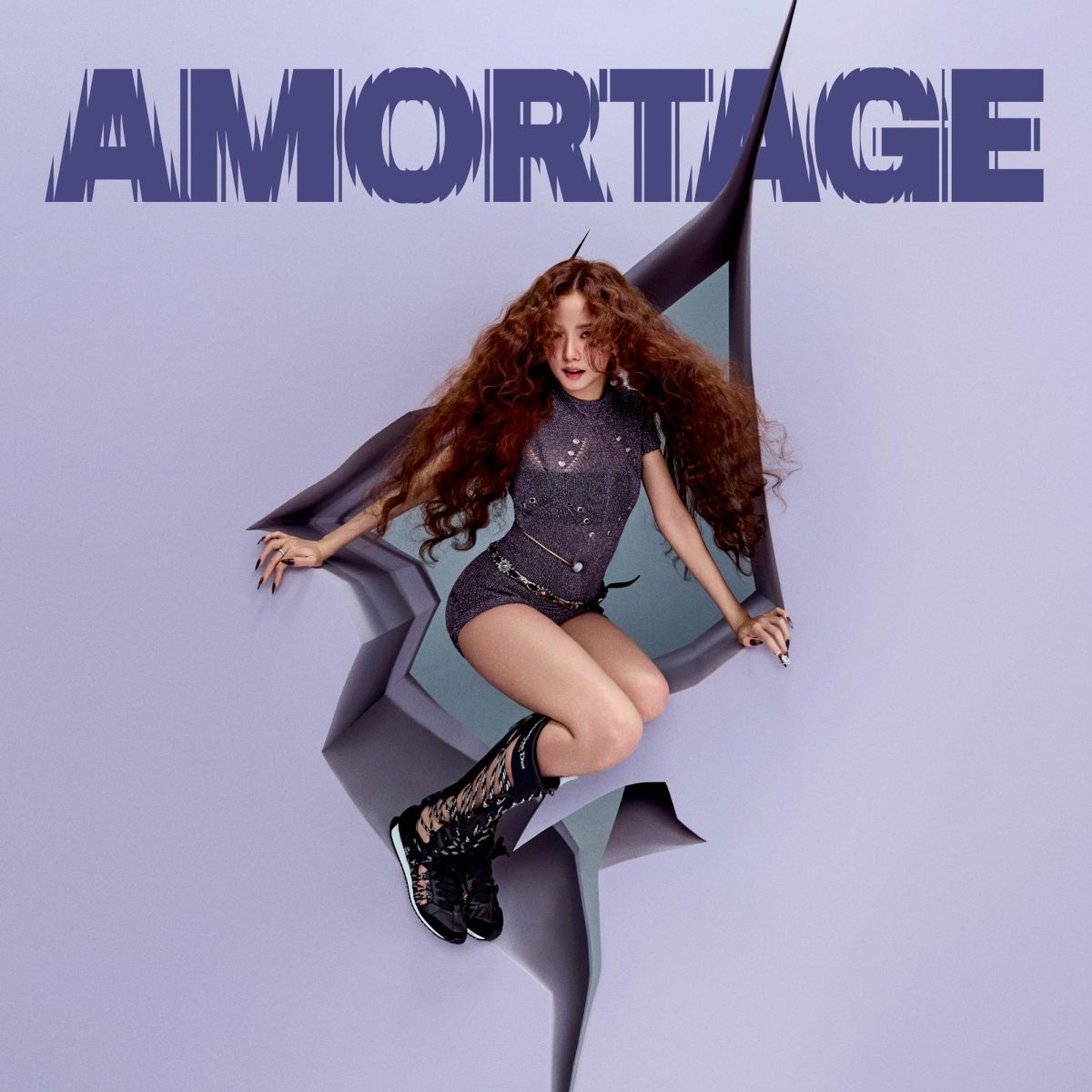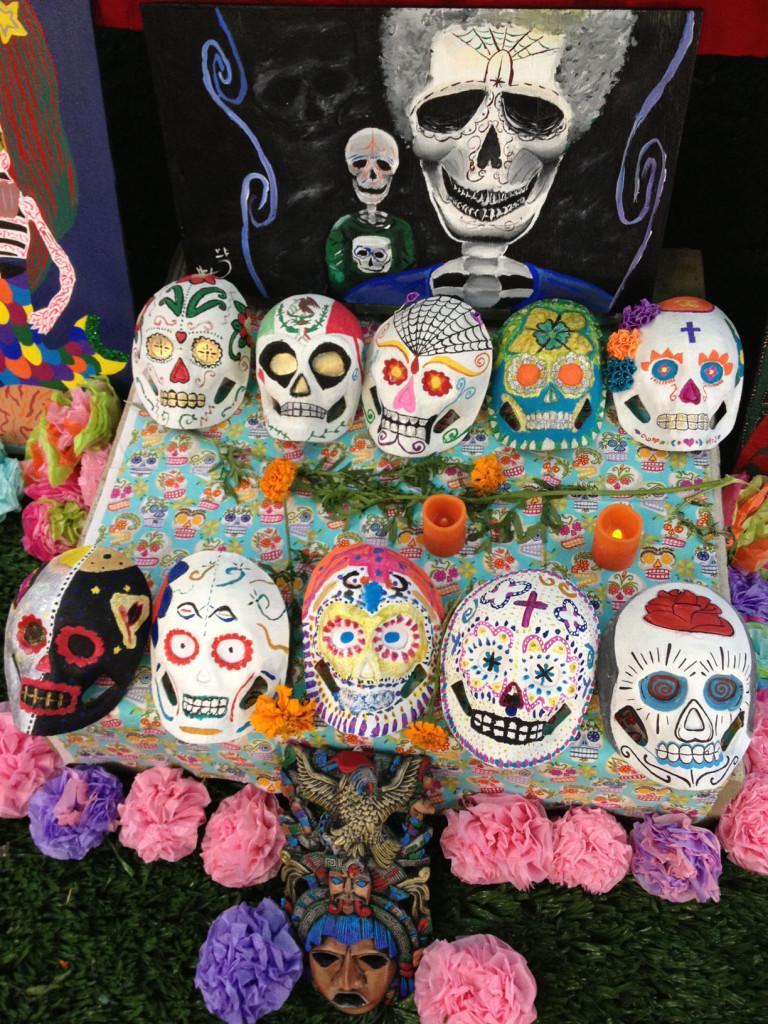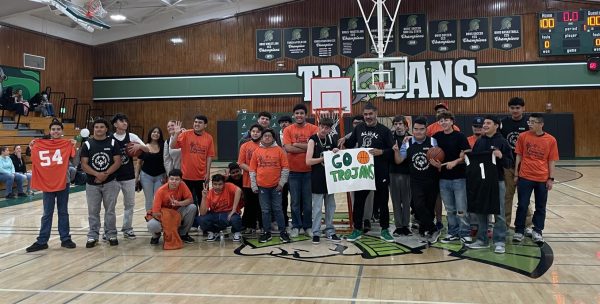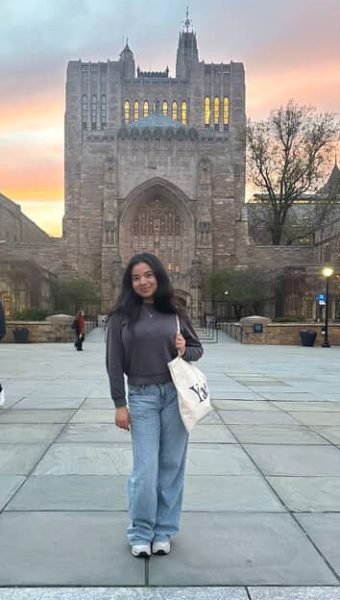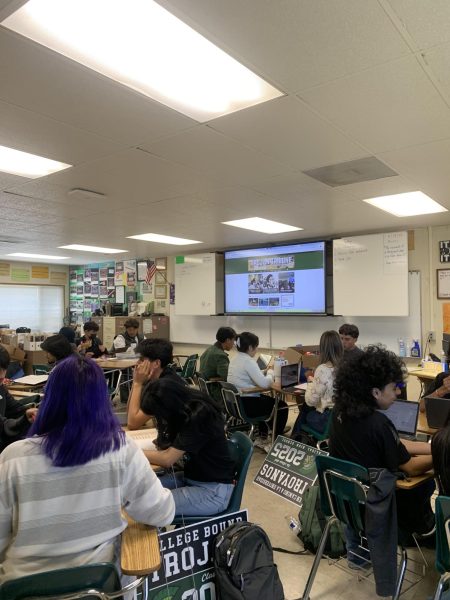Making history come alive
Xican@ Studies Club celebrates Chicano culture
Culture is about the people and places we come from, it’s about pride and history, but too many people don’t know about it or how to appreciate it. That’s where the Xican@ Studies Club comes in. The Chicano Studies Club was created this past September. The unique spelling of the club name comes from the letter x from the Nhuatl language (which has a “ch” sound) and the @ because as artists they made it apply to both females and males.
The club was organized by Rito Contreras, Hernan Cortez, Dr. Natalie Bernasconi, and Anna Gutierrez, and it came about due to student requests. The club meets twice a week and they study about Mexican and American History. Not only do they learn about it, but they also create and write poems. Currently, the club has 28 students involved. “It’s good to see how students want to be involved and how they are interested to learn more about their culture,” said Contreras.
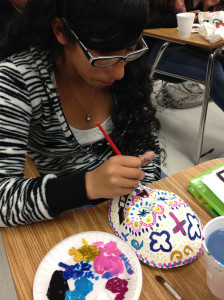 The purpose for this club is for the advisors involved to help students learn more about Mexican/American history. They want the students to learn a little more about themselves and their identity. Another reason is that they want them to have a better idea about their roots and culture, and for them to know the struggles their family went through, so when they get older they’ll have a better insight about themselves.
The purpose for this club is for the advisors involved to help students learn more about Mexican/American history. They want the students to learn a little more about themselves and their identity. Another reason is that they want them to have a better idea about their roots and culture, and for them to know the struggles their family went through, so when they get older they’ll have a better insight about themselves.
Part of that insight comes from understanding traditions better. During the holidays the students made some traditional items that are used to celebrate some cultural festivities. One such festivity was El Dia de Los Muertos. Students created flowers de cempazuchitl and large decorative flowers out of tissue paper, they painted sugar skulls on paper, and they created and decorated skull masks which were used to create an offering to the dead. This tradition is done to honor loved ones on a day in which it is believed their souls return to visit. People also make their loved ones favorite foods and drinks and are also included in the offerings for their dearly departed to enjoy. Mr. Gil’s art students also painted sugar skulls on pieces of wood, and some on watercolor paper.
They also learned about their origins and started writing some poems. The students had a chance to perform their poems since they had open mic, so everyone could share what they felt. “I wanted to be a part of the Xican@ Studies Club– not to teach it since I didn’t feel I had the knowledge required– but rather to learn from the other teacher sponsors, Mr. Contreras of AHS and Mr. Hernan Gutierrez of La Paz Middle School, both of whom I deeply respect,” said Dr. Natalie Bernasconi.
Students also learned about the origins of the posadas that are celebrated in the month of December. They learned about how Aztecs made clay pot piñatas in the shapes of the Gods they were honoring. The pots were filled with offerings for the gods that would fall at the feet of that individual god’s statue once it was broken. The Spaniards who conquered Mexico made piñatas fit into their religious holidays. The Spaniards had first encountered piñatas in China, and adapted it to be part of their own cultural festivities. Students in the club then worked on making their own piñatas out of paper. They created the traditional piñatas with seven cones that represent the seven sins brought onward from Spanish religion. Breaking the piñata meant you were withholding from being part of those sins and would then be rewarded with goodies for doing so.
Freshman Blanca Vega joined the club because she wanted to learn more about her culture and she said it sounded really interesting. She started going to the meetings and all the activities made it fun. Senior Ariana Granados agreed, “I like that we learn a lot of stuff about our culture and we do a lot of activities like the altar for the day of the dead. The reason I joined it was because I wanted to learn more about my culture and be involved in something new, it’s always good to try new things.”
Contreras feels happy to see the number of students who want to learn more about their roots. “It seems that every Tuesday and Thursday the students in the club are eager to go to their meeting and learn more about their culture and do some activities as well,” he said.
While the activities so far have been centered around holidays, they have other plans to broaden the students’ knowledge. Contreras would like to learn some scripts and present them, as well as put on a kermes (a big fair), with different kinds of art like baile flockoriko. They hope that by putting on the kermes it will bring more people into their club. “The heritage and artistry of the Xican@ culture is deeply moving. I am grateful to be able to learn more about it through my mentors at the Xican@ Studies Club,” said Bernasconi.
Your donation will support the student journalists of Alisal High School. Your contribution will allow us to purchase equipment and cover our annual website hosting costs.

